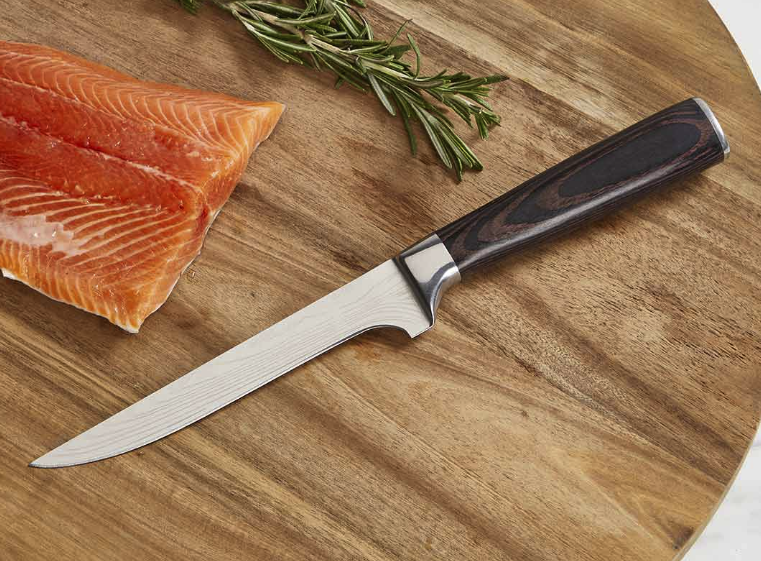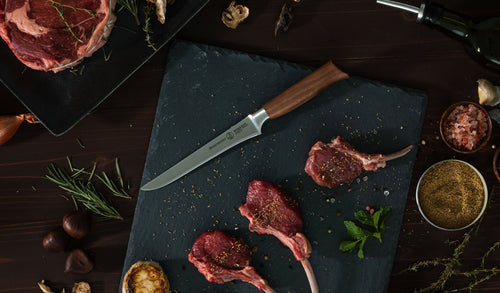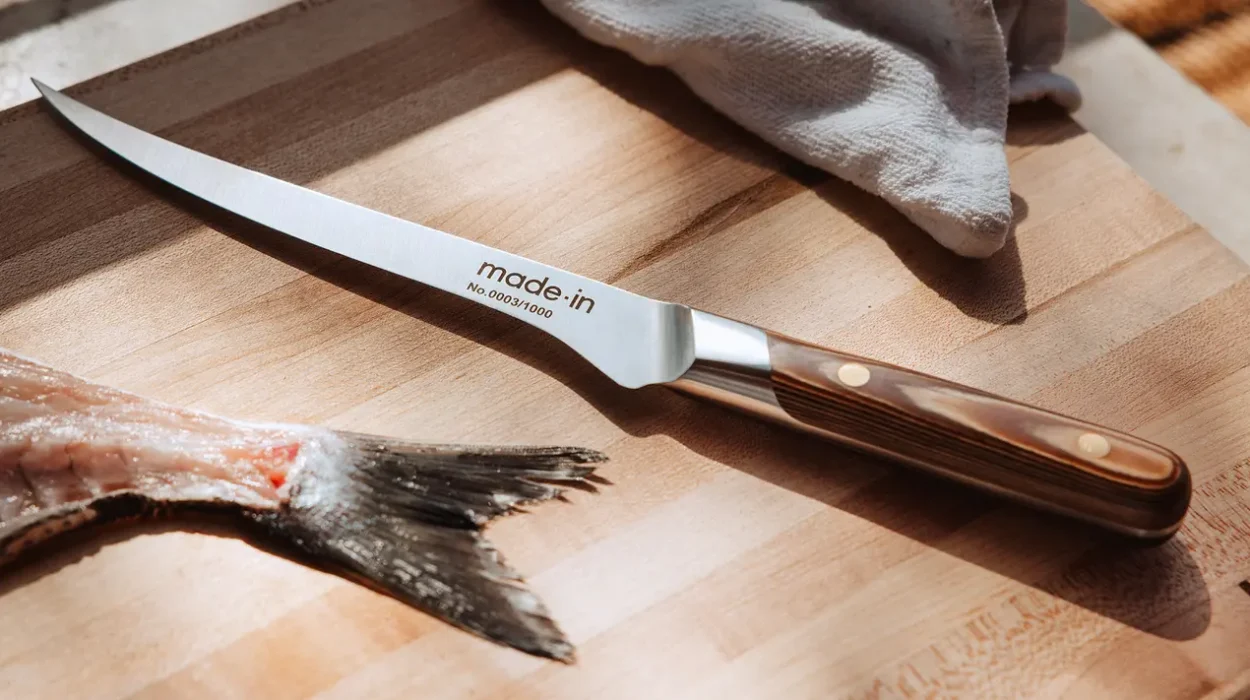For kitchen professionals and cooking enthusiasts alike, understanding the importance of using the best cutting board for boning knife is crucial in enhancing both efficiency and safety in the kitchen. A boning knife is a specialized tool used to separate meat from bones, and having the right cutting board can make all the difference. In this comprehensive guide, we will explore the various aspects of selecting the ideal cutting board for your boning knife, ensuring you make informed decisions that will benefit your culinary practices.

Why Choosing the Right Cutting Board Matters
When it comes to working with a boning knife, the cutting board you select can significantly impact your overall cooking experience. The right board provides a stable surface, protects your knife from dulling, and helps maintain hygiene standards. Moreover, it can enhance your precision and speed, making your tasks more efficient.
1. Material Matters
The material of the cutting board is one of the most critical factors to consider. Common materials include wood, plastic, bamboo, and composite. Each comes with its pros and cons:
- Wooden Cutting Boards: Known for their durability and ability to preserve knife sharpness, wooden boards are a popular choice. They are also aesthetically pleasing and provide a stable surface for precise cuts.
- Plastic Cutting Boards: These are lightweight, affordable, and dishwasher safe. Plastic boards are ideal for those who prioritize easy cleaning and maintenance.
- Bamboo Cutting Boards: Bamboo is an eco-friendly option that is harder than most woods, providing a durable surface. However, it may be tough on knives over time.
- Composite Cutting Boards: Made from a blend of materials, these boards offer the benefits of both wood and plastic. They are resistant to warping and are gentle on knives.
2. Size and Thickness
Choosing the right size and thickness of your cutting board is essential for comfortable and efficient use. A board that is too small can be frustrating to work with, while one that is too large may be cumbersome to handle. A thickness of at least 1.5 inches provides stability, ensuring the board doesnt slip during use.
3. Surface Texture
The surface texture of the cutting board affects its grip on the food and the knife. A slightly textured surface is ideal for preventing slips while still being gentle on your knifes edge. Avoid overly smooth surfaces that might cause the knife to slip.
Maintenance and Hygiene Tips
Maintaining your cutting board is essential for longevity and hygiene. Here are some tips to keep your board in top condition:
- Regularly clean the board with hot, soapy water and dry it immediately to prevent warping.
- Use food-safe mineral oil to condition wooden boards regularly.
- Disinfect the board with a mixture of vinegar and water or a mild bleach solution.
- Consider using separate boards for meat and vegetables to avoid cross-contamination.
Benefits of a Good Cutting Board for Boning Knives
A suitable cutting board not only protects your knife but also enhances your overall cooking experience. Heres how:
- Preserves Knife Sharpness: A good cutting board will be gentle on your knifes edge, reducing the need for frequent sharpening.
- Improves Safety: A stable and well-maintained board reduces the risk of accidents in the kitchen.
- Enhances Precision: With the right board, you can achieve cleaner, more precise cuts.
Top Recommendations for Cutting Boards
Based on the criteria discussed, here are some top recommendations for cutting boards suitable for boning knives:
- Seido Wooden Board – A high-quality wooden board that offers excellent durability and knife preservation.
- FNS Plastic Board – An affordable and easy-to-clean option, perfect for everyday use.
- KNG Composite Board – A versatile and durable board that balances the features of wood and plastic.
FAQs
Q1: What is the best material for a cutting board used with a boning knife?
A1: Wooden and composite materials are considered best as they preserve the knifes sharpness and provide a stable cutting surface.
Q2: How often should I oil my wooden cutting board?
A2: Its recommended to oil your wooden cutting board monthly, or whenever it appears dry.
Q3: Can I use a glass cutting board with a boning knife?
A3: Glass cutting boards are not recommended as they can dull the knife and are prone to causing slips.

Conclusion
Choosing the best cutting board for boning knife is an important decision that can greatly impact your cooking experience. By considering the material, size, and maintenance requirements, you can ensure that your board complements your knife, enhances safety, and improves your culinary efficiency. For more insights on how to effectively use a boning knife, visit this guide on boning knives.
This article contains affiliate links. We may earn a commission at no extra cost to you.


